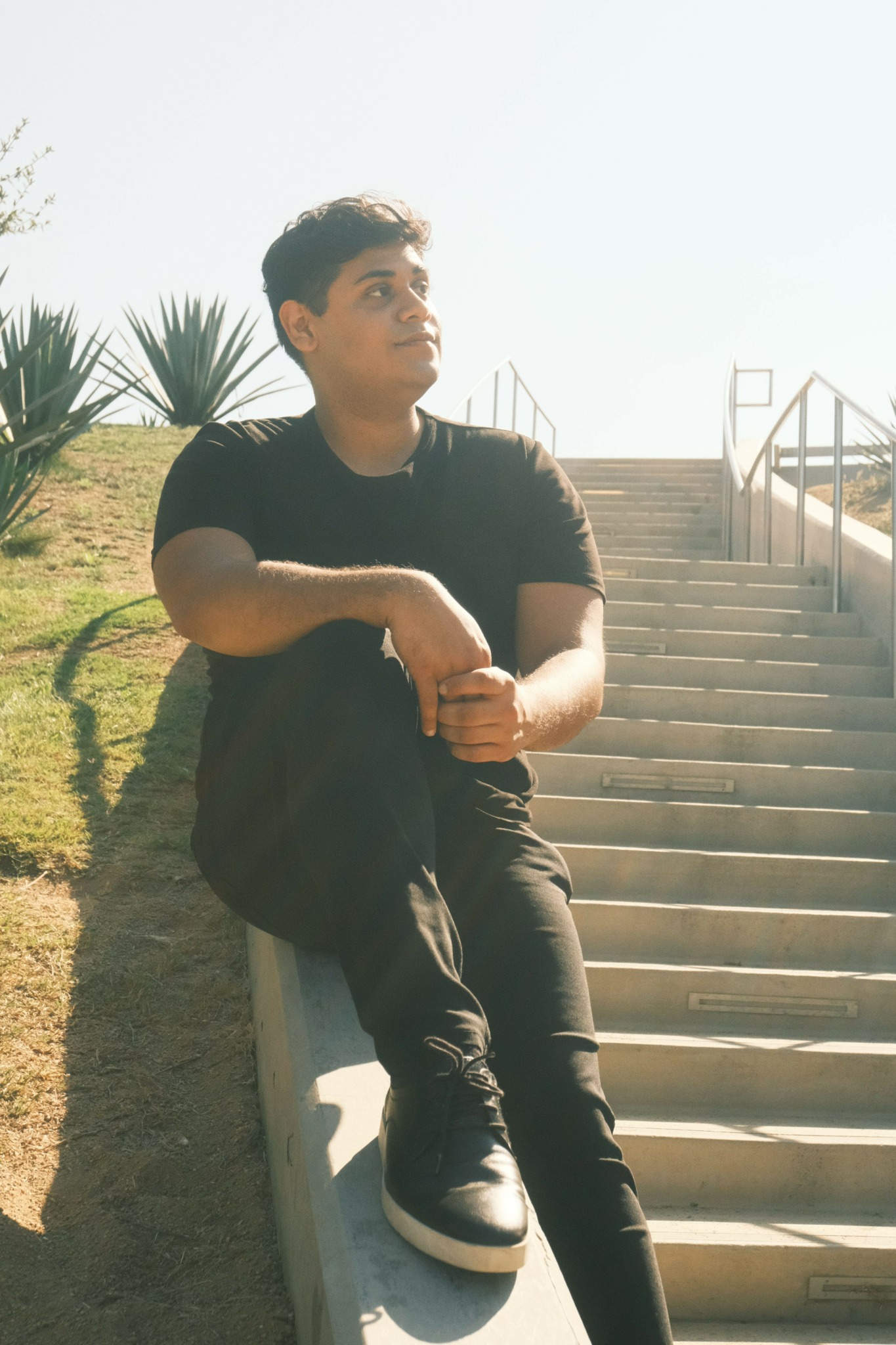We’re excited to introduce you to the always interesting and insightful Rafael Aguilar. We hope you’ll enjoy our conversation with Rafael below.
Rafael, looking forward to hearing all of your stories today. So let’s jump to your mission – what’s the backstory behind how you developed the mission that drives your brand?
The mission behind my business stems from a personal belief that everyone should have the opportunity to express their vision, regardless of their resources or access to technology. This mission is deeply meaningful to me because, during my time at Woodbury University, I faced several challenges and failures. However, the one thing that gave me a sense of purpose and fulfillment was helping others realize their creative ideas and complete their projects. I discovered that I had a passion in supporting others in expressing their vision, especially when they lack the tools to do so themselves. This experience shaped my commitment to providing the guidance and resources people need to bring their ideas to life.
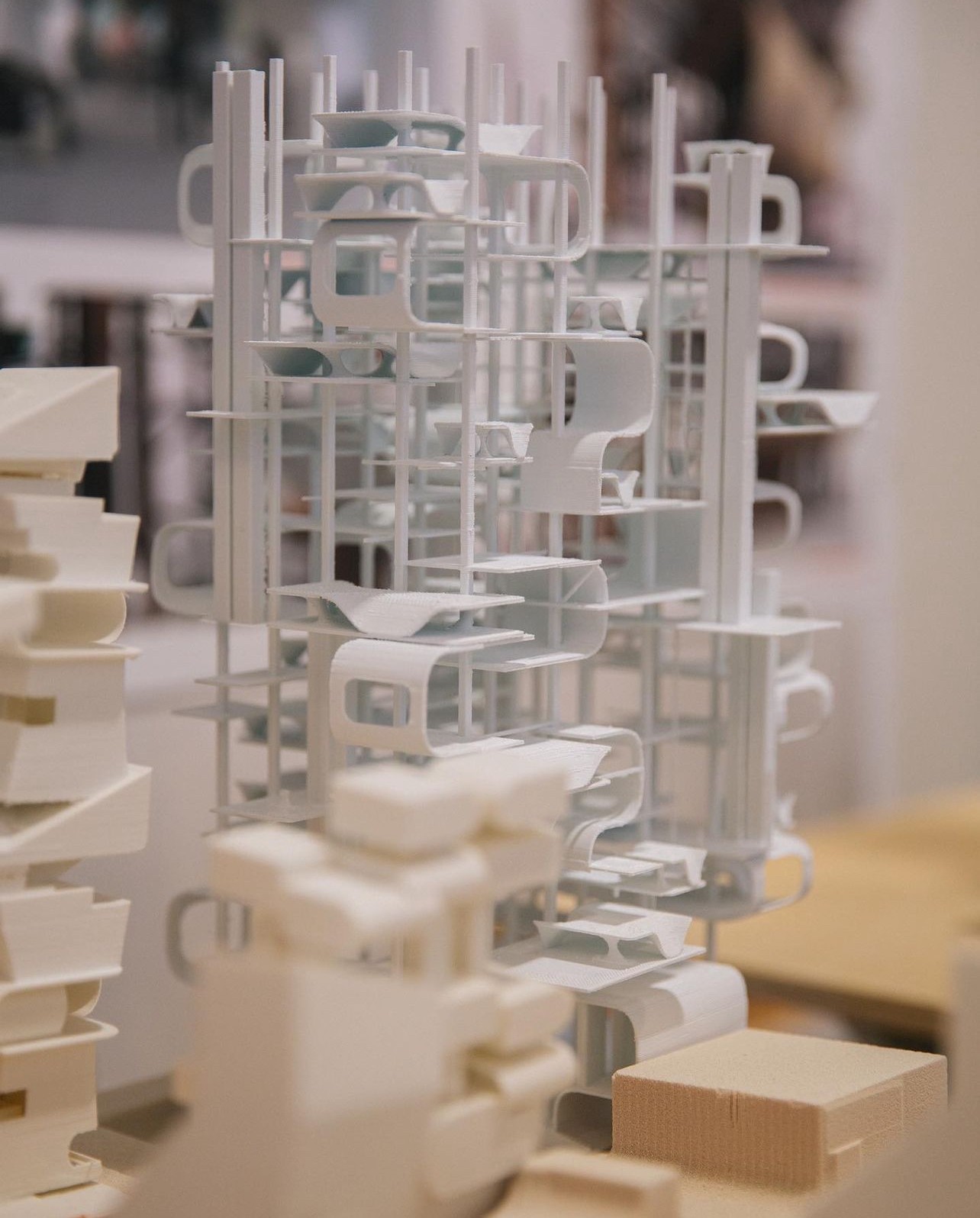
As always, we appreciate you sharing your insights and we’ve got a few more questions for you, but before we get to all of that can you take a minute to introduce yourself and give our readers some of your back background and context?
My journey into 3D printing and design began during my time at Woodbury University. I wanted to pursue a career in architecture at the time but had no idea of the path I wanted to take in architecture. My pursuit was a craft that allowed me to create and express myself. This led me to my first year at the university, where I purchased my first 3D printer. As I progressed, I noticed how crucial 3D printing became for students’ projects, especially in architecture and design. My professor, Carmelia Chang, advised me to invest in 3D printing to gain more control over my work rather than relying on external resources.
Through the years, I would help my friends with models and 3D prints for free, as it was no issue for me in the beginning. At one point, my friends started tipping me and referring others to my services. The school’s facilities were often in high demand, and outsourcing became too costly. So, I began building my collection of 3D printers and quickly became a resource for other students struggling to bring their models to life.
I found myself relating to students in architecture who faced time constraints and limited budgets. I even began to think about fashion and cosplay. I started helping fashion students and cosplayers. It was then that my experience started developing from designing and fabricating 3D printed prototypes to solving technical challenges in geometric modeling for clothing. This gave me an understanding of materials and advising both architecture and fashion projects. I’ve helped turn sketches into fully realized 3D prints for students across disciplines, from fashion to graphic design.
What sets me apart is my understanding of the challenges students face in design, coupled with my technical expertise in 3D modeling and printing. I’m most proud of being able to help others bring their creative visions to life, especially those who might otherwise lack the resources or time. The main thing I want people to know about my brand is that I’m here to help people express their ideas through design and technology, no matter the obstacles they face.
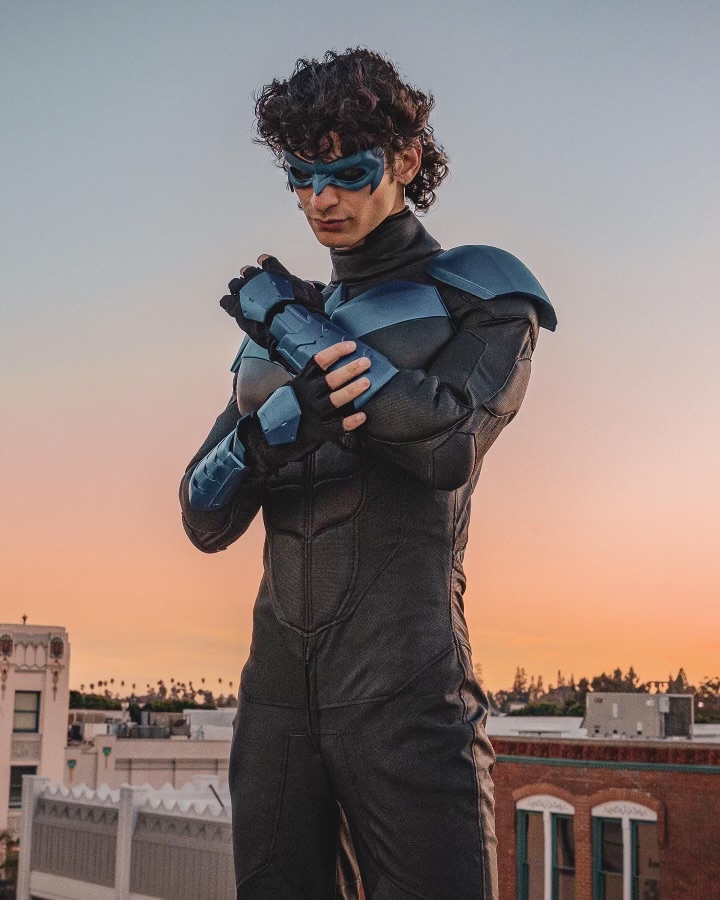
Are there any books, videos, essays or other resources that have significantly impacted your management and entrepreneurial thinking and philosophy?
I recall watching The Bear, a show about a young chef running a family restaurant and noticing the intense environment he faced to get through while managing different aspects of a business. I found myself relating to many of the struggles shown in the series, particularly the pressures of running a small business. This inspired me to research how chefs operate, especially how they manage stress and juggle multiple tasks at once.
As a small business owner, there are times when I’m essentially running everything on my own. The challenges I face now mirror those I encountered as a student at Woodbury University—like dealing with complicated models, tight deadlines, and finicky 3D printers. Much like a chef in a kitchen, I must stay on top of everything: managing client orders, sourcing materials, maintaining equipment, and ensuring the quality of each print. It’s a balancing act that requires focus, precision, and adaptability, just like a chef de cuisine running a kitchen.
A philosophy that I learned from this show and personal experiences is that life is unpredictable and chaotic. Architecture, design, and management of a business comes with unexpected pressure and situations but sometimes turning into opportunities for growth. My business and my education are a test of my resilience and thriving under stress becomes a way of life. To embrace chaos and pressure.
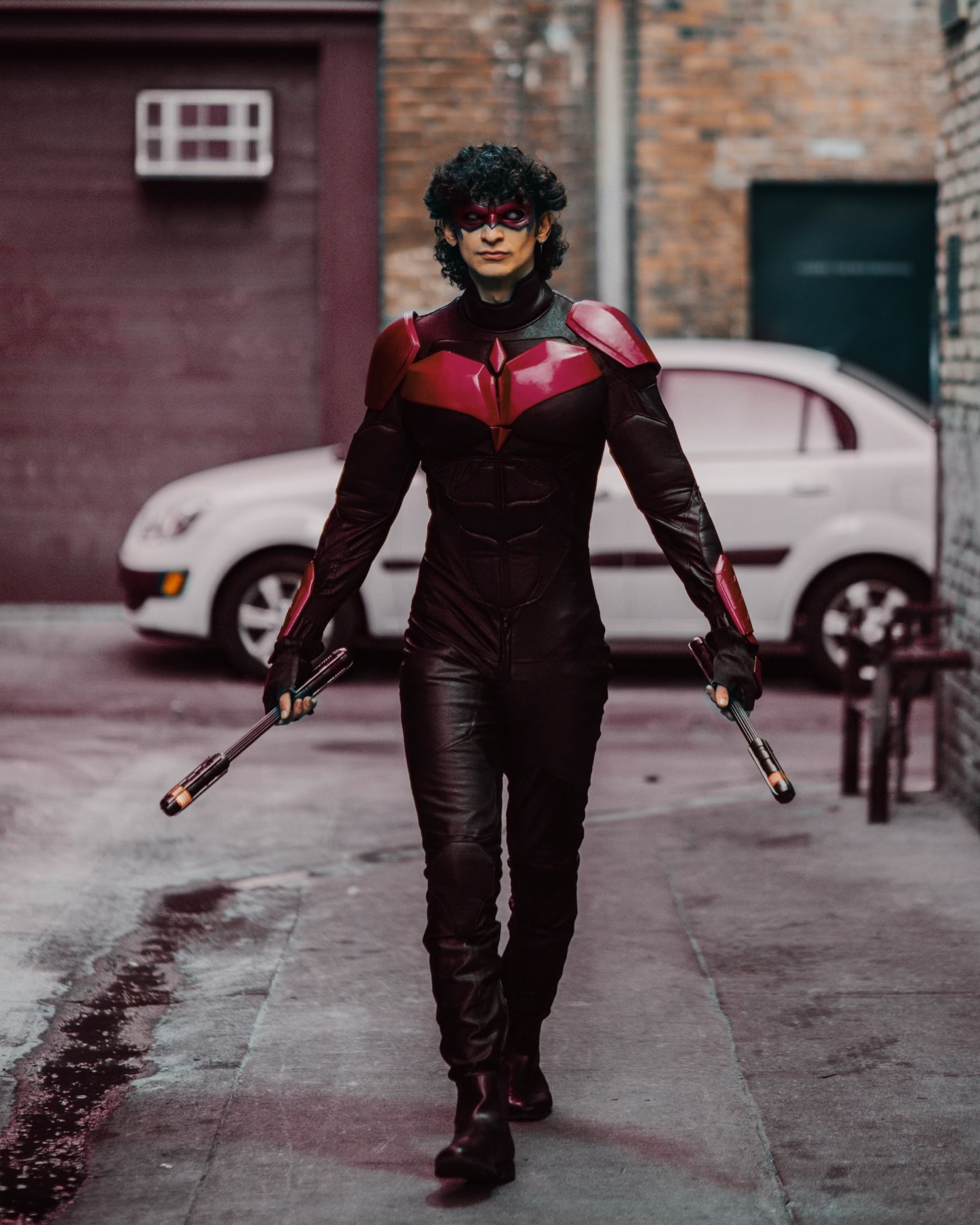
How did you put together the initial capital you needed to start your business?
The funding behind my business was rooted from opportunity, empathy, and guidance. It all began during my time at Woodbury University, when my professor Carmelia Chang suggested that I invest and buy a 3D printer for my long-term career. At the time, 3D printing was becoming an essential part of student projects, especially in architecture and design, it also become difficult to use school resources as they were limited and out sourcing became too expensive for many students.
As a student navigating me through architecture school, I recognized the need for this technology, there was opportunity in not just helping myself but others in the same situation as me. The first printer I bought was small but affective. I asked my father who is a business owner in trucking and transportation for help in buying my first 3D printer. From helping one friend to another led me to helping more students with their models and 3D prints.
It was half near my education that I realized there was a growing demand for affordable, reliable services. Friends started tipping me and referring others, which provided additional capital for me to invest in more 3D printers. This organic growth allowed me to expand my offerings, from 3D printed prototypes to more complex projects, like fashion and architectural designs.
My business started with a desire to support my peers, recognizing how difficult it can be to work with limited time and budgets. I wanted to offer a service that would make it easier for them to realize their creative ideas without adding financial pressure. What began as a simple investment in one 3D printer has grown into a business dedicated to helping others turn their concepts into reality.
Contact Info:
- Instagram: @ra_deadline_prints
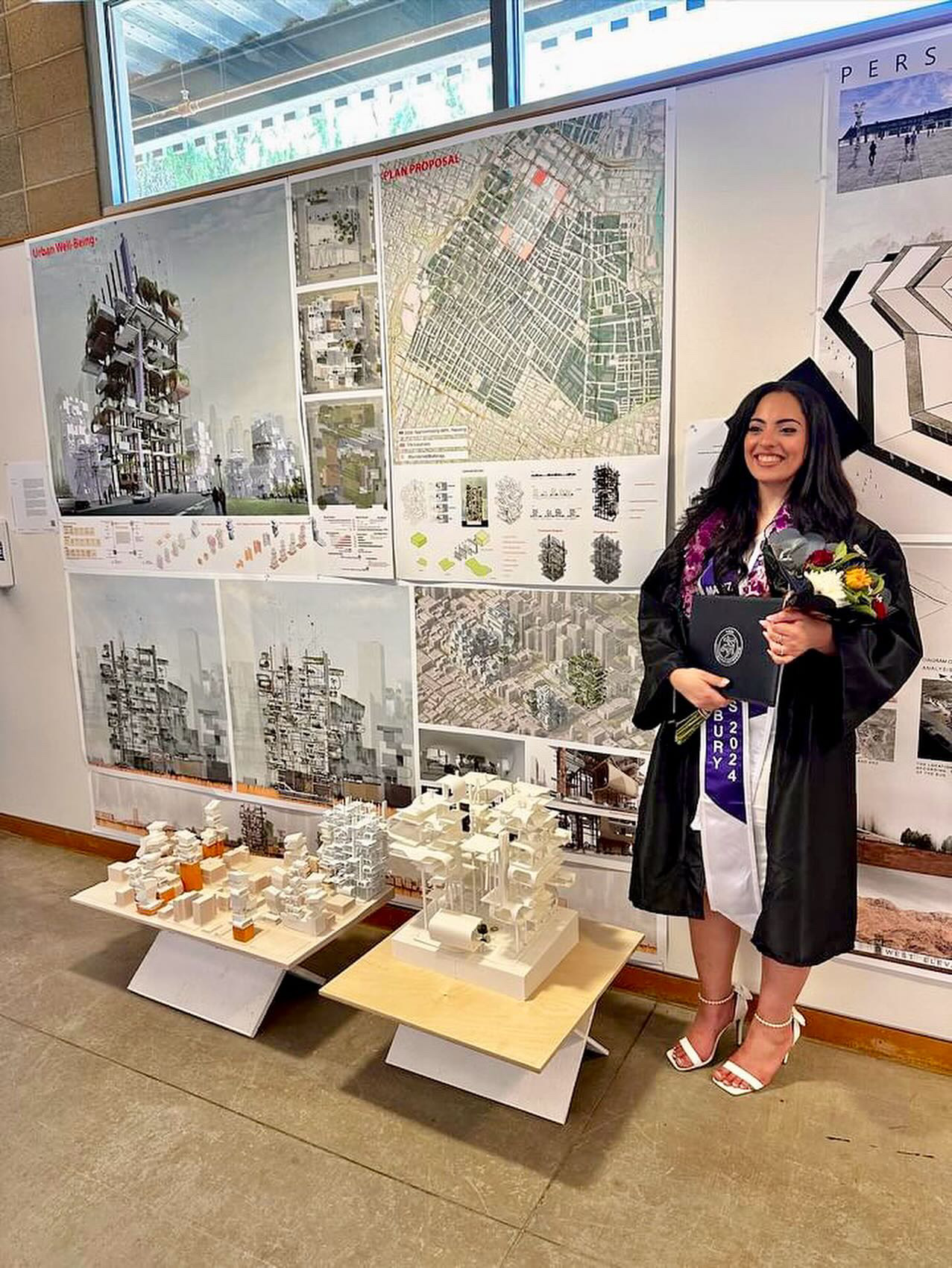
Image Credits
Luci Osuna, lucimakes


